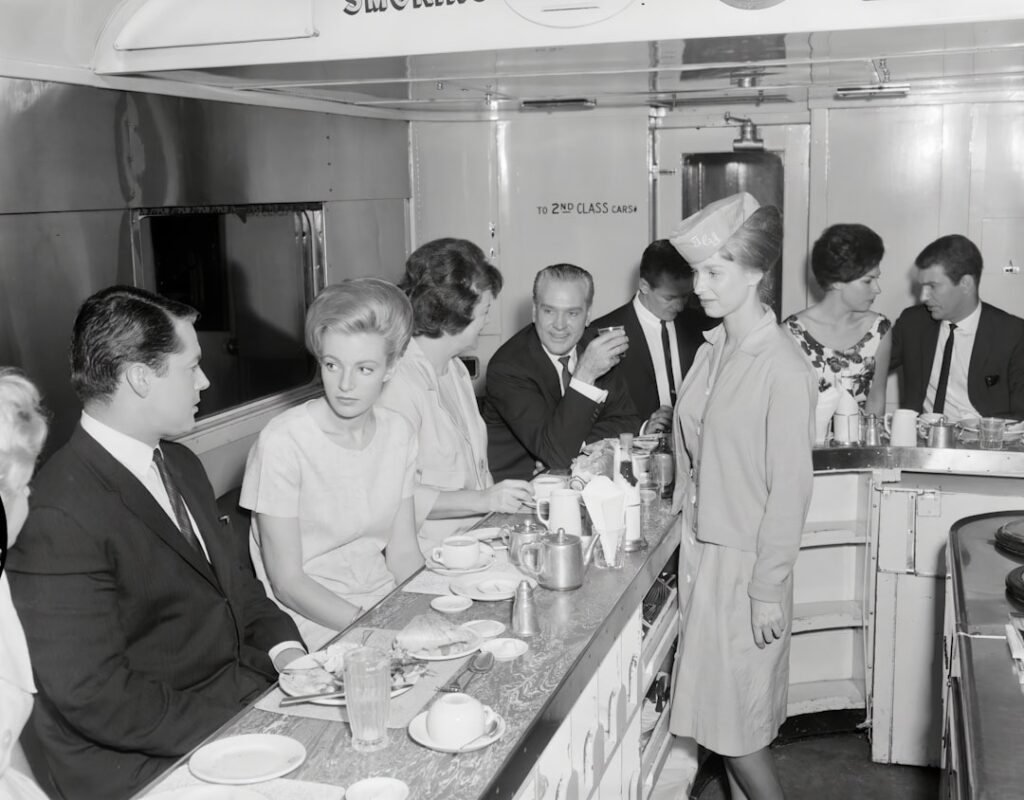
The history of the grandmother clock dates back to the late 17th century in England. It is believed that the grandmother clock was developed as a smaller, more affordable alternative to the grandiose grandfather clock. The grandmother clock was designed to fit into smaller homes and spaces, making it more accessible to a wider range of people. The term “grandmother clock” is said to have originated from a song called “My Grandmother’s Clock” which was popular in the 19th century. The song described a clock that was smaller than a grandfather clock but still had the same charm and elegance.
The grandmother clock typically stands between 5 to 6 feet tall and is known for its slender and graceful design. It often features a long case with a pendulum and a chime, similar to the grandfather clock. The grandmother clock has evolved over the years, with various styles and designs emerging to suit different tastes and preferences. Today, the grandmother clock continues to be a popular choice for those who appreciate its historical significance and timeless appeal.
The history of the grandmother clock is a testament to its enduring popularity and timeless design. From its humble beginnings in England to its widespread appeal today, the grandmother clock has stood the test of time and continues to be a beloved timepiece in many homes around the world.
Key Takeaways
- The Grandmother Clock originated in England in the late 17th century as a smaller, more affordable version of the traditional longcase clock.
- The design of the Grandmother Clock typically features a slender case, a shorter pendulum, and a smaller dial compared to the longcase clock.
- Unlike other timepieces such as wall clocks or mantel clocks, the Grandmother Clock is designed to stand on the floor and is often considered a piece of furniture as well as a timekeeping device.
- The Grandmother Clock holds sentimental value for many families, often being passed down through generations as a symbol of tradition and heritage.
- When choosing and caring for a Grandmother Clock, consider factors such as the size of the space, the style of the clock, and the maintenance requirements to ensure it remains in good working condition.
The Design and Features of the Grandmother Clock
The design of the grandmother clock is characterized by its tall, slender case and elegant proportions. It typically stands between 5 to 6 feet tall, making it a striking focal point in any room. The case of the grandmother clock is often made from high-quality wood, such as cherry, oak, or mahogany, and is meticulously crafted to showcase intricate details and fine craftsmanship. The long case of the grandmother clock is often adorned with decorative elements such as carved accents, inlays, and moldings, adding to its timeless charm.
One of the most distinctive features of the grandmother clock is its pendulum, which swings back and forth inside the case, keeping time with precision. The pendulum is often visible through a glass door, allowing the mesmerizing motion to be admired from afar. In addition to the pendulum, many grandmother clocks also feature a chime that rings out at regular intervals, adding a musical element to the passage of time. The chime can be adjusted to play different melodies or tones, allowing for a customizable and personalized experience.
The design and features of the grandmother clock are a testament to its timeless elegance and enduring appeal. From its slender case and decorative details to its mesmerizing pendulum and melodic chime, the grandmother clock is a true work of art that adds beauty and sophistication to any space.
How the Grandmother Clock Differs from Other Timepieces
The grandmother clock differs from other timepieces in several key ways, making it a unique and distinctive choice for those seeking a classic and elegant timekeeping solution. Unlike smaller clocks such as mantel or wall clocks, the grandmother clock stands tall and commands attention with its graceful presence. Its slender proportions and elongated case set it apart from other timepieces, making it a striking focal point in any room.
In addition to its size and proportions, the grandmother clock also differs from other timepieces in its use of a pendulum and chime. While many modern clocks rely on electronic mechanisms for timekeeping, the grandmother clock features a traditional pendulum that swings back and forth with mesmerizing precision. This mechanical movement adds a sense of nostalgia and charm to the grandmother clock, making it a beloved heirloom that can be passed down through generations.
Furthermore, the grandmother clock differs from other timepieces in its historical significance and timeless appeal. With roots dating back to the 17th century, the grandmother clock has a rich heritage and cultural significance that sets it apart from more contemporary timepieces. Its enduring popularity and classic design make it a cherished addition to any home.
The Symbolism and Sentimental Value of the Grandmother Clock
| Symbolism and Sentimental Value of the Grandmother Clock | |
|---|---|
| Symbolism | Sentimental Value |
| Represents the passage of time and the importance of family history | Passed down through generations, holds memories and nostalgia |
| Often seen as a symbol of stability and tradition | Emotionally significant, connects to family heritage |
| Can be a reminder of the presence of loved ones who have passed away | Brings comfort and a sense of continuity |
The grandmother clock holds deep symbolism and sentimental value for many people, making it more than just a timekeeping device but also a cherished heirloom that carries personal meaning and significance. As a symbol of tradition and heritage, the grandmother clock represents the passage of time and the continuity of family history. It serves as a reminder of the generations that have come before and the legacy they have left behind.
For many families, the grandmother clock holds sentimental value as a treasured heirloom that has been passed down through generations. It serves as a tangible link to the past, connecting loved ones across time and space. The memories associated with the grandmother clock, from childhood stories to special occasions, further enhance its sentimental value and make it an irreplaceable part of family history.
In addition to its symbolism and sentimental value, the grandmother clock also represents craftsmanship and artistry. Its intricate design and meticulous construction reflect the skill and dedication of artisans who have created these timeless pieces. The grandmother clock is not just a functional timepiece but also a work of art that embodies beauty, elegance, and tradition.
Tips for Choosing and Caring for a Grandmother Clock
When choosing a grandmother clock, it’s important to consider factors such as size, style, and features to ensure that it complements your home decor and meets your specific needs. Consider the available space in your home and choose a grandmother clock that fits proportionally without overwhelming the room. Pay attention to the style of the clock, whether you prefer a traditional or more contemporary design, as well as the type of wood and finish that best suits your decor.
Caring for a grandmother clock involves regular maintenance to ensure its proper functioning and longevity. Keep the clock clean by dusting it regularly with a soft cloth to prevent dirt and debris from accumulating on its surfaces. Check the pendulum and chime for any signs of wear or damage, and have them serviced by a professional if necessary. It’s also important to keep the clock in a stable environment with consistent temperature and humidity levels to prevent any potential damage.
In addition to regular maintenance, it’s essential to handle the grandmother clock with care when moving or transporting it. Secure all moving parts such as the pendulum and weights before lifting or moving the clock to avoid any damage or accidents. By following these tips for choosing and caring for a grandmother clock, you can ensure that it remains a cherished part of your home for years to come.
Incorporating a Grandmother Clock into Modern Home Decor

While the grandmother clock has traditional roots, it can be seamlessly incorporated into modern home decor to add an element of timeless elegance and sophistication. When integrating a grandmother clock into modern interiors, consider placing it in a prominent location where it can serve as a focal point and conversation starter. Whether in a living room, dining room, or entryway, the grandmother clock can make a bold statement while complementing contemporary furnishings.
To create a harmonious balance between old and new, consider pairing the grandmother clock with modern accents such as sleek furniture, minimalist decor, or bold artwork. This juxtaposition of styles creates an interesting contrast that highlights the beauty and uniqueness of the grandmother clock while adding character to modern spaces.
In addition to its aesthetic appeal, incorporating a grandmother clock into modern home decor also adds depth and warmth to interior settings. Its timeless design and historical significance bring a sense of heritage and tradition into contemporary homes, creating an inviting atmosphere that resonates with both past and present.
The Enduring Appeal of the Grandmother Clock
The enduring appeal of the grandmother clock lies in its timeless design, rich history, and sentimental value that transcends generations. Despite advancements in technology and changes in lifestyle, the grandmother clock continues to hold a special place in many homes around the world. Its classic elegance and graceful presence make it an iconic symbol of tradition and heritage that resonates with people of all ages.
Furthermore, the enduring appeal of the grandmother clock can be attributed to its versatility in complementing various decor styles and interior settings. Whether in traditional or modern homes, the grandmother clock adds an element of sophistication and charm that enhances any space. Its ability to seamlessly blend into different environments while retaining its timeless allure speaks to its enduring appeal.
In conclusion, the grandmother clock remains an iconic timepiece that embodies beauty, craftsmanship, and sentimentality. Its rich history, distinctive design, and lasting significance make it a cherished heirloom that continues to captivate hearts and stand the test of time. As we look towards the future, the grandmother clock will undoubtedly continue to hold its place as a beloved symbol of tradition and elegance for generations to come.
If you’re interested in learning more about the history and craftsmanship of grandmother clocks, you should check out this article on www.colouroflondon.com. This website offers a wealth of information on antique clocks and their significance in home decor. You’ll find fascinating insights into the design and construction of grandmother clocks, as well as tips for caring for and maintaining these beautiful timepieces. Whether you’re a collector or simply appreciate the beauty of these classic clocks, this article is sure to pique your interest.
FAQs
What is a grandmother clock?
A grandmother clock is a tall, freestanding clock that is shorter than a grandfather clock but taller than a mantel clock. It typically stands between 5 to 6 feet tall and has a traditional, decorative design.
How does a grandmother clock differ from a grandfather clock?
The main difference between a grandmother clock and a grandfather clock is their size. Grandmother clocks are typically shorter and more compact than grandfather clocks. Additionally, grandmother clocks often have simpler designs compared to the ornate and elaborate designs of grandfather clocks.
What are the features of a grandmother clock?
A grandmother clock typically features a pendulum, a weight-driven mechanism, and a traditional clock face with Roman numerals. It may also have decorative elements such as carved wood, glass panels, and brass accents.
What is the history of the grandmother clock?
The grandmother clock is believed to have originated in England in the late 18th century. It was designed as a smaller, more affordable alternative to the larger and more expensive grandfather clock. Over time, the grandmother clock became popular for its elegant and space-saving design.
How does a grandmother clock work?
Like grandfather clocks, grandmother clocks are powered by weights and a pendulum. The weights are typically wound up using a crank or key, and as they descend, they power the clock’s movement. The pendulum regulates the timekeeping by swinging back and forth in a precise rhythm.
What are the different types of grandmother clocks?
There are various styles of grandmother clocks, including traditional, antique, and modern designs. Some grandmother clocks may have chimes or musical mechanisms, while others may feature different wood finishes and decorative details.


